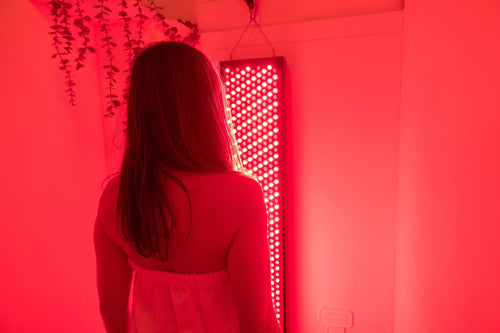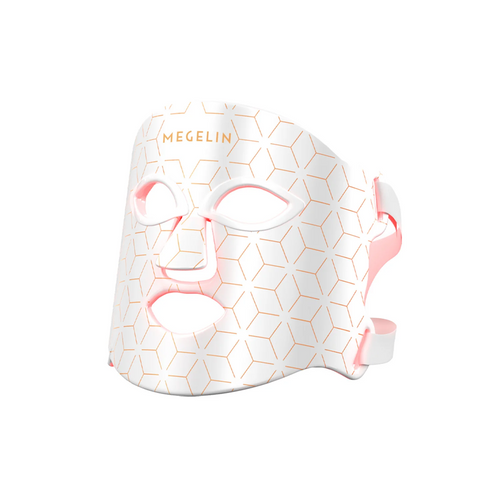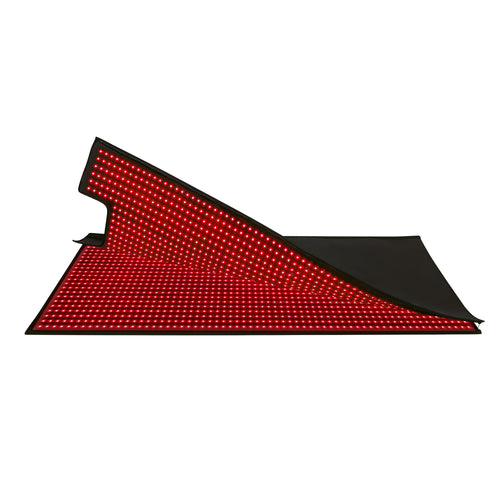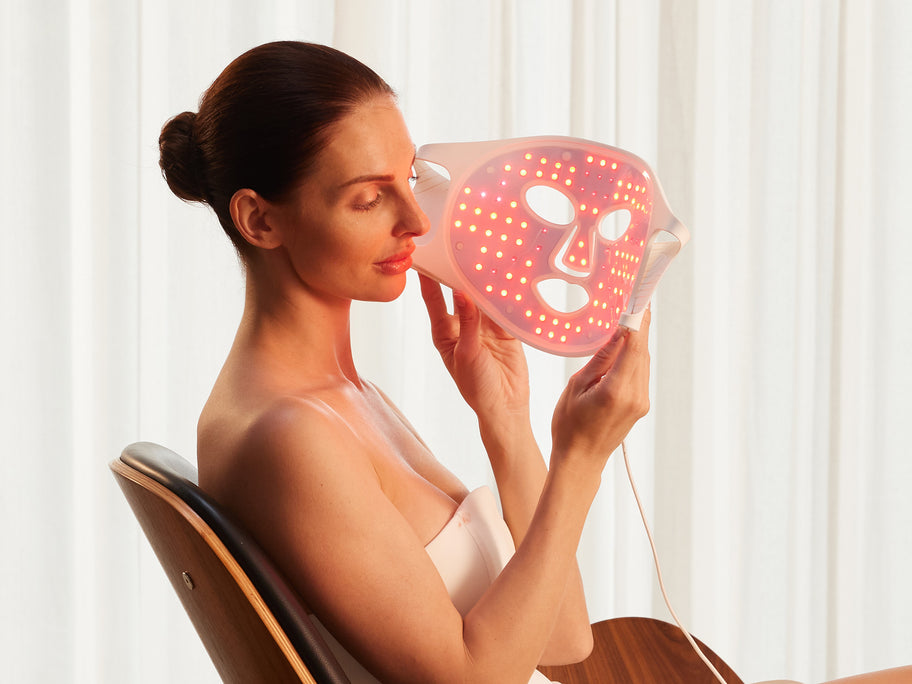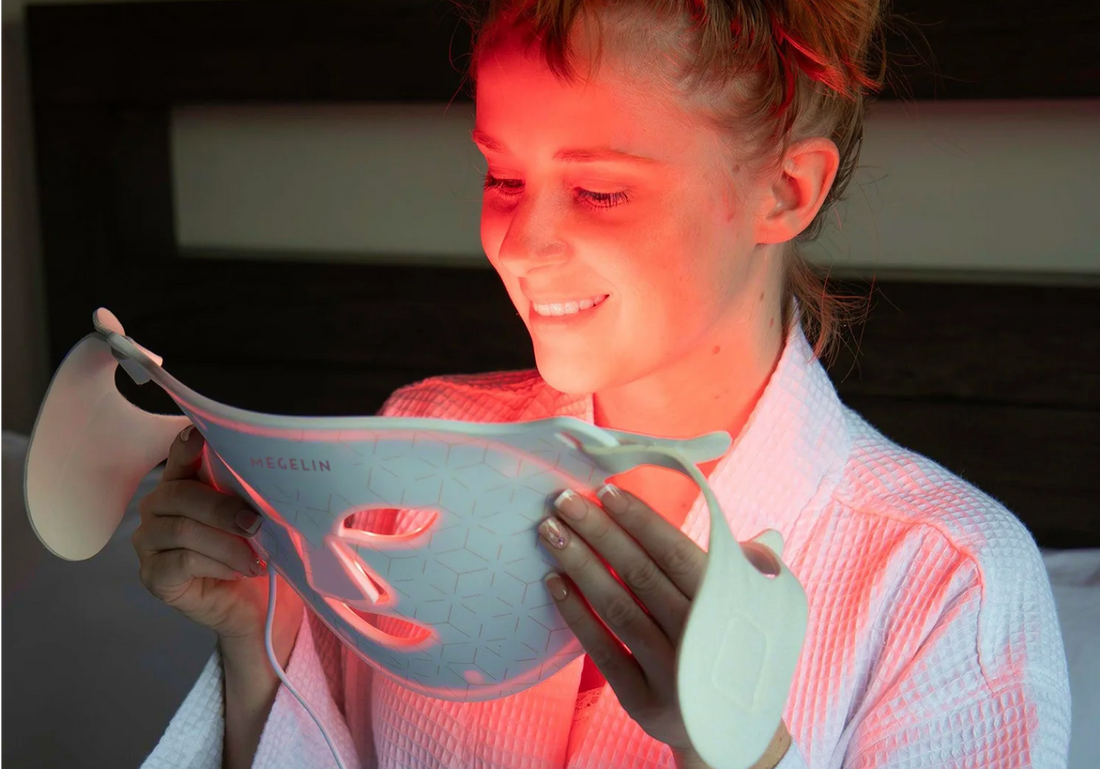
2025 Complete Using Guide for Red Light Therapy Mask
In recent years, red light therapy has moved from professional clinics into homes across the U.S., giving everyday people access to technology once reserved for dermatologists and med spas. Among the many devices available, red light therapy masks have become one of the most popular choices.
These futuristic-looking masks are not just about aesthetics; they use specific wavelengths of light to support collagen production, reduce fine lines, calm inflammation, and even help with acne. As more clinical studies confirm the benefits of red and near-infrared light, people are increasingly investing in at-home devices to achieve visible results without constant clinic visits.
But with so many options, features, and questions, knowing how to choose and use a red light therapy mask can feel overwhelming. That’s where this complete guide comes in. Whether you’re new to light therapy or looking to upgrade your current device, this article will walk you through everything you need to know in 2025—so you can confidently make the most of this innovative skincare tool.
Are At-Home Red Light Therapy Devices Available and Effective?
The short answer is yes. At-home red light therapy devices are widely available and FDA-cleared for safety. Over the last decade, advancements in LED and laser technology have made it possible to replicate the same type of therapy used in clinics—now packaged into user-friendly, wearable devices.
Why At-Home Red Light Therapy Works:
- Same wavelengths as clinics: Most masks use red light (630–660nm) and sometimes near-infrared light (850nm), which penetrate into the skin to trigger cellular repair.
- Safe intensity: Devices are designed with regulated power levels, making them safe for non-professional users.
- Consistent use: Unlike costly spa treatments, at-home masks allow you to stay consistent—often the key factor in visible results.
The Big Advantage: Convenience
Clinic treatments can cost anywhere from $50 to $200 per session, adding up quickly. In contrast, a one-time purchase of a red light therapy mask means you can use it anytime, anywhere, without appointments or added costs.
How to Choose the Right LED Mask for Your Needs
Not all red light therapy masks are created equal. The right choice depends on your budget, skin goals, and lifestyle. Here are the main factors to consider when buying one:
1. Price
- Entry-level devices ($150–$250): Typically LED-only, with limited settings. Great for beginners.
- Mid-range ($300–$600): Often multi-mode, with better coverage and fit.
- High-end ($700–$1,200+): May include both LED and laser technology, offering deeper penetration and more dramatic results.
2. Wavelengths
- Red light (630–660nm): Stimulates collagen, reduces fine lines, improves skin tone.
- Near-infrared light (around 850nm): Penetrates deeper to target elasticity, inflammation, and recovery.
- Blue light (around 415nm, sometimes included): Helps fight acne by killing acne-causing bacteria.
👉 The best masks combine red and near-infrared for anti-aging, and optionally blue for acne-prone skin.
3. Modes & Settings
- Single-wavelength devices are simpler but less versatile.
- Multi-mode masks allow you to switch between red, near-infrared, and blue depending on your needs.
- Some high-tech models even have auto-programs that cycle through modes in one session.
4. Laser or Not?
- LED masks: Great for overall skin coverage, gentle and safe.
- Laser + LED masks: More powerful and targeted, delivering energy deeper into wrinkle-prone areas like around the eyes or mouth.
5. Comfort & Fit
A mask should fit your face securely but comfortably. Look for:
- Lightweight design (less than 1 lb is ideal)
- Adjustable straps
- Even light distribution
- Eye protection features
Since you’ll likely wear the mask several times a week, comfort is just as important as power.
Should You Put Anything on Your Skin Before Red Light Therapy?
For the best results, it’s recommended to use your mask on clean, dry skin. Makeup, sunscreen, or thick creams can block light from penetrating effectively.
That said, some lightweight products can actually enhance your session:
- Hydrating serums (like hyaluronic acid) can improve skin’s ability to respond.
- Red-light–friendly boosters: Some brands sell serums designed specifically for light therapy, often containing peptides or antioxidants.
💡 Tip: Avoid heavy oils, occlusive creams, or retinol immediately before your session, as they can either block absorption or cause irritation.
Does Red Light Therapy Need to Be on Bare Skin?
Yes. For the light to reach your skin cells, it must shine directly on bare skin. Clothing, bandages, or thick product layers will interfere with absorption.
This is why most users wash their face and apply only a light hydrating serum (or nothing at all) before starting.
Eyes Open or Closed During Sessions?
One of the most common questions about masks is whether you can keep your eyes open.
- Most masks come with built-in eye protection, filtering out harmful wavelengths.
- However, many dermatologists recommend keeping your eyes closed during use, especially if you’re sensitive to bright light.
- If your device doesn’t include protective features, wear a pair of safety goggles.
Bottom line: It’s safe to keep eyes open if protection is built-in, but keeping them closed is the more comfortable choice.
What Not to Do After Red Light Therapy
After a session, your skin may feel warm and slightly flushed—that’s normal and temporary. But there are a few things to avoid:
- Don’t immediately apply harsh actives like retinol, glycolic acid, or high-strength vitamin C.
- Don’t go straight into tanning beds, saunas, or direct midday sun exposure.
- Don’t overuse your device. More light doesn’t mean better results; consistency is key.
Instead, follow up with gentle hydration and sunscreen during the day.
How Long to Use a Red Light Therapy Mask Per Session
Most experts recommend:
- 10–20 minutes per session
- 3–5 sessions per week for best results
More than 20 minutes usually doesn’t deliver additional benefits and may lead to skin sensitivity over time. Think of it like exercise: quality and consistency matter more than marathon sessions.
How Long Does It Take to See Results on the Face?
Red light therapy is not an instant fix, but with patience, results can be impressive.
Typical Timeline:
- 2–4 weeks: Skin feels more hydrated, with a subtle glow.
- 6–8 weeks: Fine lines soften, redness and breakouts improve.
- 12+ weeks: Noticeable reduction in wrinkles, firmer skin, and more even tone.
The exact timeline depends on age, skin condition, and how consistently you use the mask.
Conclusion: Your Complete Guide to Smarter Red Light Therapy in 2025
Red light therapy masks are one of the most exciting at-home skincare innovations of the decade. Backed by science, easy to use, and safe for all skin types, they offer a practical way to fight aging, improve skin tone, and reduce inflammation without needles or downtime.
The key takeaways:
- Choose your device wisely—look at price, wavelengths, and comfort.
- Use it on clean, bare skin for 10–20 minutes per session.
- Stay consistent for at least 8–12 weeks to see visible results.
- Support your sessions with healthy skincare and lifestyle habits.
In 2025, investing in a high-quality red light therapy mask could be the smartest step you take for your skin. It’s not a quick fix, but with patience, it may become your favorite anti-aging tool—one that helps your face truly reflect how young you feel inside.

